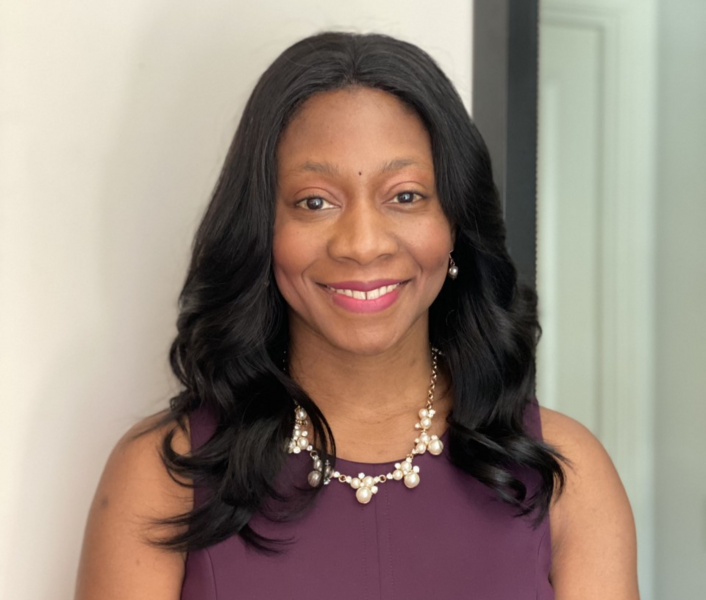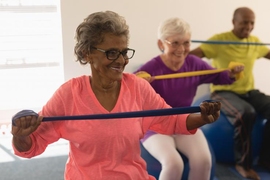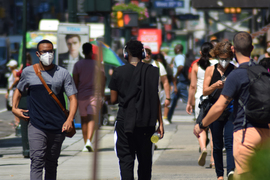In a new study by MIT professors Esther Duflo, Ben Olken, and Abhijit Banerjee, and physicians Marcella Alsan and Fatima Cody Stanford, along with other doctors and economists, public health video messages featuring a racially diverse set of physicians were found to decrease knowledge gaps about Covid-19 symptoms and transmission — generating important lessons about how we communicate about, and work to mitigate the effects of, the virus. Study results also indicated that, for Black individuals, watching a video with a racially concordant (Black) physician increased the degree to which they sought out more information about Covid-19.
Black and Latinx communities have significantly higher infection and mortality rates and are more likely to have severe symptoms and be hospitalized as a result of the Covid-19 pandemic compared to white communities. Although these disparities stem from many complex factors, including inequalities in access to health care, systemic racism, and the overrepresentation of communities of color in front-line and essential jobs, one contributing factor may be knowledge gaps around Covid-19 symptoms and transmission. To date, few public health messages around the coronavirus pandemic directly address communities of color and, as a result, these communities may be left behind in the nationwide efforts to contain, respond to, and recover from the pandemic.
The study evaluated the effectiveness of three different video messages about the coronavirus that varied in three ways: the featured physician’s race or ethnicity, the degree to which the physician acknowledged the difficulties faced by communities of color in accessing health services, and messaging around community perceptions of wearing a mask. Physicians from Massachusetts General Hospital (MGH) and Lynn Community Health Center of different racial and ethnic backgrounds were featured in the study’s videos.
“Our motivation to pursue this work stems out of the significant racial and ethnic disparities in access to and take-up of health services that have been widened and intensified by Covid-19,” says Marcella Alsan, professor of public policy at Harvard Kennedy School and co-chair of J-PAL North America’s Health Care Delivery Initiative, part of MIT’s Abdul Latif Jameel Poverty Action Lab.
The findings underscore the importance of physician-delivered messages in increasing knowledge about the virus’ prevention, symptoms, and transmission. They also echo findings of other research demonstrating that race concordance between a patient and physician can increase take-up of health services for Black individuals. For Latinx individuals included in the study, watching a video with a ethnically concordant (Latinx) physician did not impact information-seeking behavior.
As the authors of the study note, increasing knowledge about Covid-19 is only a first step to decreasing transmission and mitigating the negative impacts of the virus. However, given the large gaps in knowledge about Covid-19 among Black and Latinx communities, ensuring that critical public health information is effectively reaching those most impacted by the pandemic is of paramount importance. Increasing the racial diversity of our physician workforce is a longer-term strategy to decrease persistent health inequities, both in the age of Covid-19 and after the worst impacts of the pandemic subside.









